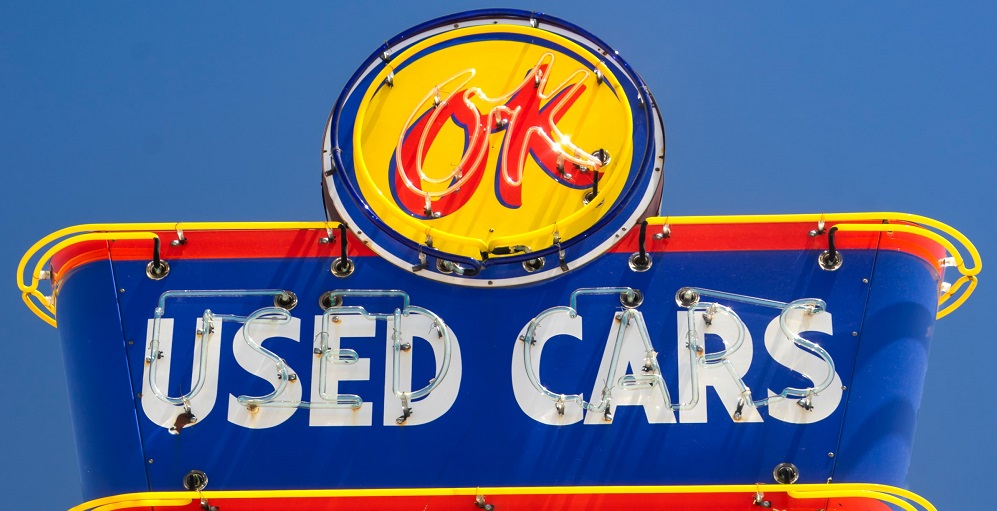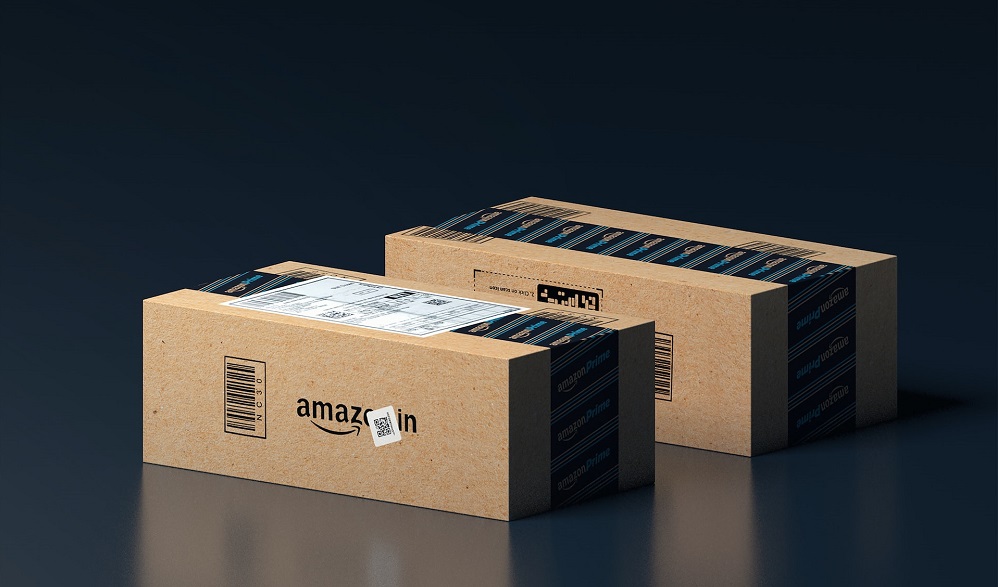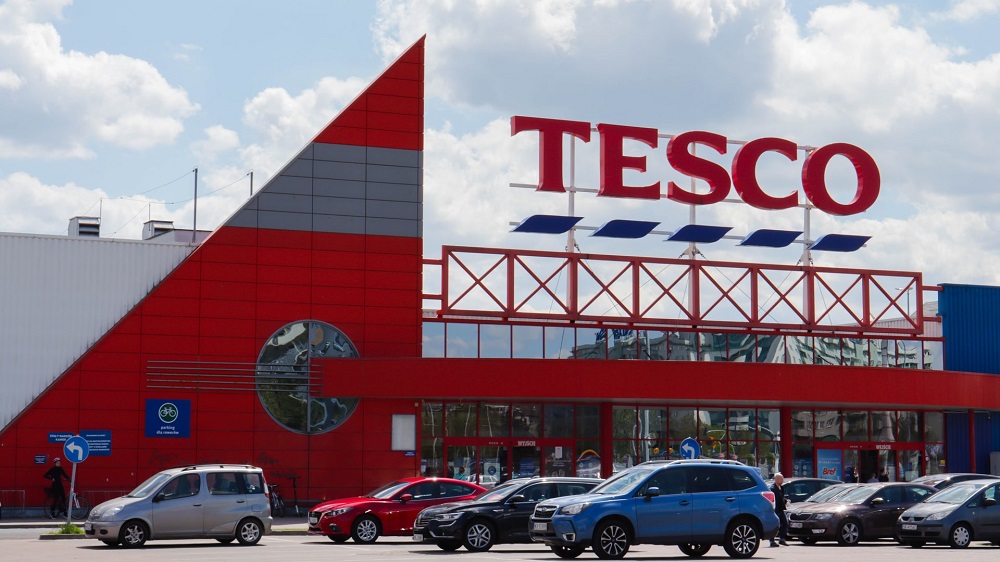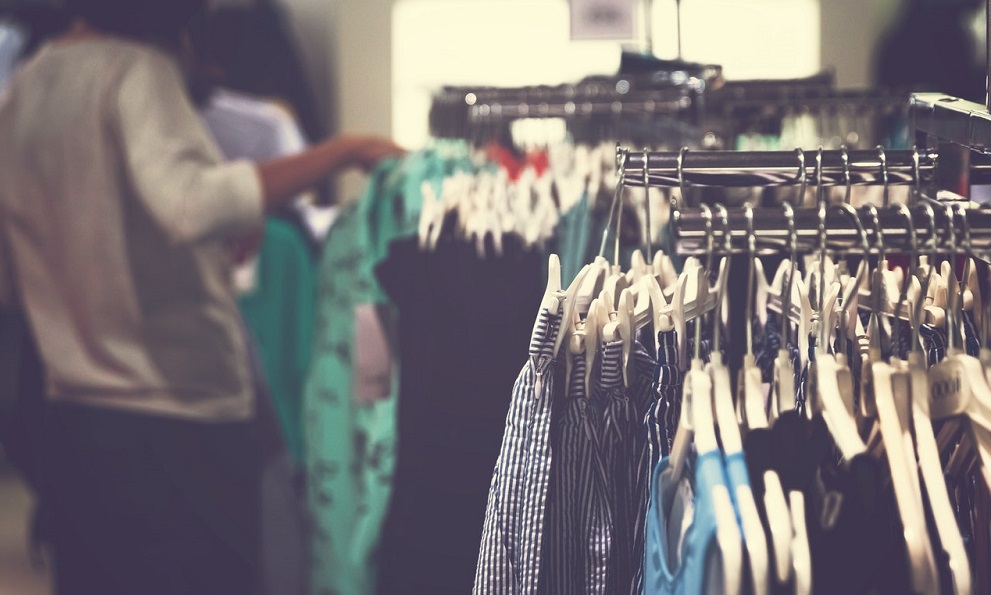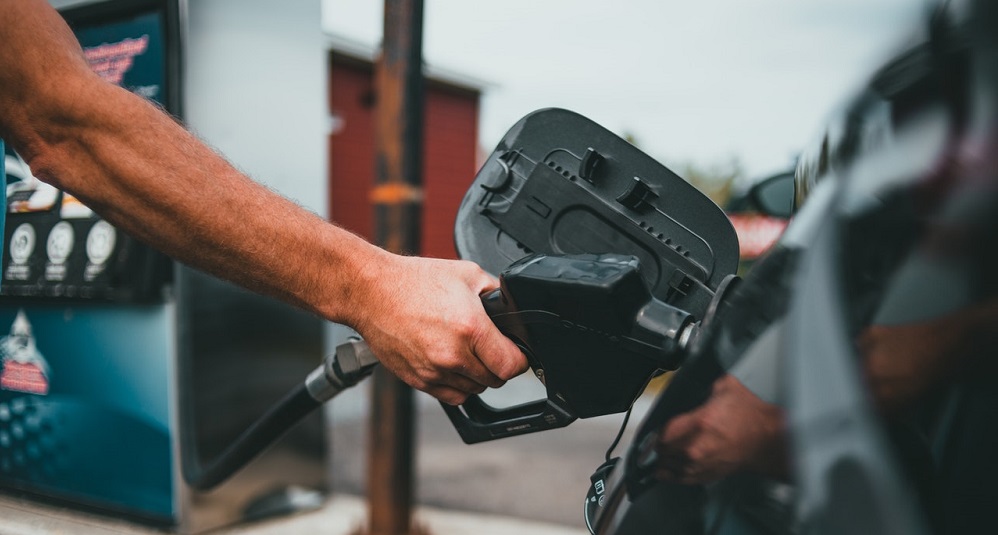With Memorial Day Weekend beginning tomorrow in the US and clear skies ahead for summer travel in the US and UK, we take the opportunity to look at how travel has changed over the past few years. In today’s Insight Flash, we compare how the different subindustries have fared, and dig into whether ABNB has been able to continue to ride the tide of changing travel habits. The year-over-year growth for Travel in the UK has been much stronger than in the US, with all of the major subindustries more than doubling the number of transactions seen in calendar 2022Q1.
Used cars stand out among the many categories seeing unprecedented demand recently, with many cars being sold even before they hit dealer websites. In today’s Insight Flash, we focus in on trends for CVNA and KMX, two of our most strongly correlated auto names, looking at inventory growth, average value of inventory versus units sold, and trends in model year sales.
Recent earnings reports of several e-commerce companies have caused many to wonder if pandemic fatigue will erase most of the new shopping behaviors that have emerged over the last two years. In today’s Insight Flash, we look at trends not only over the last year, but over the last three years for five high-profile e-commerce subindustries in both the UK and US: Grocery Delivery Services, Meal Kits, Online Retail – Broadlines, Ride-Sharing, and Video Streaming to assess how much consumer preferences for e-commerce have truly changed.
Beauty sales have seen seismic shifts over the last few years, with the pandemic limiting going out occasions, the rise of cult beauty, and subscription boxes taking share. Sephora and Ulta have tried to maintain share by entrenching themselves with mass merchants Kohl’s and Target (respectively). But as shoppers shift to more niche offerings, what has happened to the larger players? In today’s Insight Flash, we dig into channel trends, cross-shop, and price per item to understand what has changed and what may have stayed the same.
Over the last few months, rising inflation, soaring fuel prices, and additional rollbacks to COVID-19 restrictions (even as new waves of cases come in) have dramatically shifted consumer spending. In today’s Insight Flash, we look at how share of wallet across income groups has changed in the last few months. Over the last four weeks, the highest share of wallet skew has been among low income shoppers (those making less than $40,000 per year). This group has spent 3.8 times as large a percentage of their wallet on Dollar Stores as our panel average.
Amazon reported disappointing earnings last week, noting overcapacity in its supply chain as online retail sales fell and the company issued disappointing guidance for next quarter. In today’s Insight Flash, we dig into some of the dynamics behind the report, including looking at return purchase behavior for those who started shopping for products sold by Amazon.com during the COVID-19 pandemic versus earlier cohorts, where Amazon.com shoppers have been spending instead, and what US trends look like by income and age demographics.
As rising input costs threaten margins, several Limited-Service restaurants have been forced to hike prices. Chipotle noted on its recent earnings call that a 10% y/y increase in prices had resulted in minimal impact on demand, with same-store sales growing 9%. In today’s Insight Flash, we look at how Chipotle compares to the broader industry, focusing on how its demographics have responded to more expensive meals.
Last week, our CE Transact US data caught the decline in Netflix subscribers, with the company’s report of the first decline in ten years causing the stock to lose more than a third of its value. As the streaming platform cuts content and begins a plan to become more aggressive about cracking down on shared accounts, will the declines continue? In today’s Insight Flash, we review the tools provided in the CE Transact dataset for tracking Netflix usage, including how to understand the impacts of reduced account sharing.
Last week’s Northeastern snowstorm may have come as a surprise to some shoppers, but not CE WeatherOptics subscribers! WeatherOptics predicted disruption from the storm well in advance of the event, and in today’s Insight Flash, we dig into which businesses were most disrupted in the Syracuse-Auburn CSA and how disruption impacted nationwide sales for Eventbrite. Among the businesses seeing the most negative sales impact due to the storm, Frontier Airlines saw fewer shoppers booking flights to a snowbound destination.
As inflation is roaring through the UK economy, Tesco has made an effort to keep prices stable even if it takes a margin hit. Can this strategy work? In today’s Insight Flash, we dig into what changes in basket size indicate about Tesco’s positioning and track whether shoppers are responding to the tactic. Pre-pandemic, the average ticket at Tesco was in line with the Grocers subindustry average. As lockdowns moved shoppers to consolidate trips, Tesco’s average transaction size increased faster than the subindustry as a whole, and has remained larger since.
Consumer interest in department stores sometimes seems to come and go as frequently as a “One-Day Sale.” With so many shifting dynamics, CE data provides several tools for checking on Department Store health. In today’s Insight Flash, we look at how overall industry growth has paced versus Full-Price and Off-Price chains, how online penetration has been trending, and whether number of transactions or spend per transaction has been a bigger growth driver for certain chains this year.
Moonpig’s future keeps seeming brighter and brighter, with the company raising guidance as each new holiday generates an even bigger than expected sales boost. But do the service’s online cards and gifts have staying power, or was the company simply in the right place at the right time? In today’s Insight Flash, we answer that question by digging into how the company has performed versus the broader Party/Novelty/Gifts Subindustry, how frequently customers come back for additional occasions, and whether customer geography plays a role in purchases.
In an increasingly crowded food delivery marketplace, Gopuff is trying to carve out a niche by vertically integrating and positioning itself as the instant source for smaller-ticket convenience items. But how differentiated is the company’s model, and is there room for growth? Recent reports of layoffs, shift reductions, and fee increases indicate that the model may not be sustainable. In today’s Insight Flash, we dig into the drivers of Gopuff’s performance, including growth by market tenure, price per items trends, and items per basket.
Fast fashion retailer Shein made headlines earlier this week with a reported $1B capital raise at a staggering $100B valuation. But is success a shoo-in for Shein? In today’s Insight Flash, we examine how Shein’s market share has evolved in the US and UK, what the average basket looks like versus competitors, and whether return customer behavior signals staying power. Shein has grown quickly to become one of the most popular Fast Fashion brands in the US and the UK.
With higher gas prices definitely a pain point for consumers, higher gas prices may fuel concern for retailers. Higher gas prices usually reduce a retailer’s ability to collect margin on the purchase, in addition to limiting funds left in shopper wallets for discretionary purchases. In today’s Insight Flash, we take advantage of Consumer Edge’s unique ability to separate out fuel purchases at gas pumps from other purchases inside the retailer’s store in both the US and UK in order to examine how much the recent price increases have affected the mix of fuel versus ex-fuel sales
The era of the true “dollar store” is coming to an end. In late 2021, Dollar Tree announced that it would increase its main price point from $1 to $1.25, ending its pricing model of 35 years and joining other discount chains in providing low-cost—but not exclusively $1—items to customers. Consumer transaction data reveals that so far in 2022, average transaction values for Dollar Tree, Inc (NASDAQ: DLTR) have been elevated, continuing its trend of increasing transaction values during the pandemic.
Uber just announced a partnership that will allow New York City users to take taxis on its platform. In a crowded marketplace, will this “if you can’t beat ‘em, join ‘em” strategy prove successful? In today’s Insight Flash, we take advantage of our ability to drill down into the New York City CSA to take a look at how market share has evolved recently in Ground Transportation, how demographics align between Uber and NYC taxis, as well as how loyal riders are based on cross-shop rates.
Beauty retailer Ulta recently highlighted a strategic initiative to onboard a larger number of popular brands into its stores. But if you offer them, will customers come? In today’s Insight Flash, we analyze the potential benefits of partnerships with brands like Fenty, Olaplex, and Supergoop by seeing what market share has been for large multibrand beauty retailers over time, what cross-shop looks like between DTC shoppers of these brands and Ulta, and how much DTC brand sales overlap with Ulta when it comes to purchase sizes.
One of the advantages of CE Vision is that it can help companies find unlikely matches for partnerships beyond their space. Over the past four weeks we have highlighted some of these unlikely matches and what our data shows about how much better it is when companies work together. To start, we take coffee dates to a new level, showing how Black Rifle could achieve synergies by swiping right on Bumble. The average Black Rifle shopper spends 1.75 times as much as our panel average on Bumble as a share of their overall wallet.
One of the unfortunate fallouts of Russia’s war with the Ukraine is rising gas prices in the US as oil embargoes take root. Which US consumers are most affected and which businesses could see the biggest decline in sales as consumer discretionary wallets shrink? In today’s Insight Flash, we analyze gas price increases to date, which demographics and geographies are most affected, and which companies are most likely to feel fallout effect based on cross-purchase rates.








